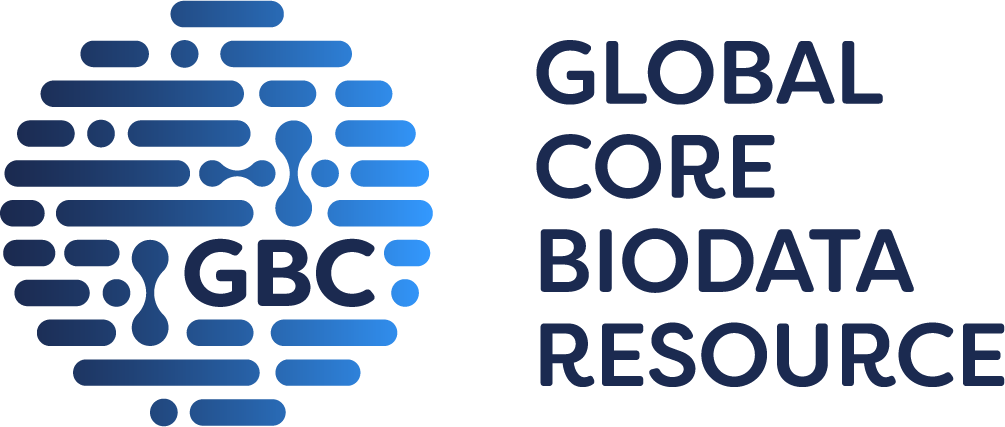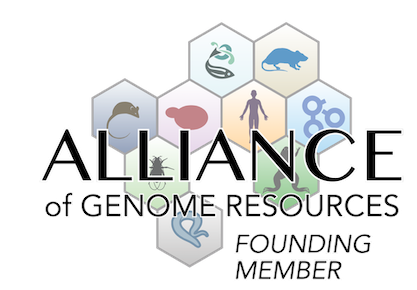Inbred Strains
of Mice: PL
Inbr: F130 (J). Albino. Genet:
c, rd. Origin: Developed by Lynch
from 200 non-inbred `Princeton' stock purchased from a dealer in 1922,
and developed as a high-leukaemia strain.
Characteristics
Leukaemia 50% in females and 19% in males (
Staats,
1976), 80-90% (
Heston, 1968). Life-span
intermediate in males (10/22 = 517 days) and short in females (4/22 =
448 days) in conventional conditions (
Storer, 1966).
High incidence of leukaemia (
Albert et al.,
1965., 1965). High gross tumour incidence in females (5/22) (
Storer,
1966).
High plasma cholinesterase activity (3/22 in females, 5/22 in males) (Angel et al., 1967., 1967). Large brain weight
(4/25) (Roderick et al., 1973., 1973).
Small spleen/body weight (9/9 to 6/9, depending on age) (Albert et al., 1966., 1966). Large relative thymus weight
(2/8 at 14,49 and 90 days) (Albert et al.,
1965., 1965). Susceptible to skin ulceration by DMBA (cf. 13/22) (Thomas et al., 1973., 1973). High lymphocyte
phytohaemagglutinin response (1/43) (Heiniger
et al., 1975., 1975). Erythrocytes have a high agglutinability (cf.
14/25) (Rubinstein et al., 1974.,
1974). High degree of genetic distinctiveness (7/27) (Taylor,
1972). Develop antiphospholipid antibody syndrome with reduced litter
size following immunisation with beta(2)-glycoprotein (Garcia et al, 1997). Moderate susceptibility to experimental
allergic encephalitis with late onset (2/10) and high mortality (4/10)
(Lindsey, 1996).
Albert
S., Wolf P. L., Pryjma I., and Moore W. (1965) Thymus development in high
and low-leukemic mice. J. Reticuloendothel. Soc. 2, 218-237.
Albert
S., Wolf P. L., Loud A. V., Pryjma I., Potter R., and Moore W. (1966)
Spleen development in mice of high and low leukemic strains. J. Reticuloendothel.
Soc. 3, 176-201.
Angel C.
R., Mahin D. T., Farris R. D., and Woodward K. T. (1967) Heritability
of plasma cholinesterase activity in inbred mouse strains. Science
156, 529-530.
Garcia
C. O., KanbourShakir A., Tang H., Molina J. F., Espinoza L. R., and Gharavi
A. E. (1997) Induction of experimental antiphospholipid antibody syndrome
in PL/J mice following immunization with beta(2)GPI. American Journal
of Reproductive Immunology 37, 118-124.
Heiniger
H. J., Taylor B. A., Hards E. J., and Meier H. (1975) Heritability of
the phytohaemagglutinin responsiveness of lymphocytes and its relationship
to leukemogenesis. Cancer Res. 35, 825-831.
Heston W. E. (1968)
Genetic aspects of experimental animals in cancer research. Japanese
Cancer Assoc. Gann Monograph 5, 3-15.
Lindsey J. W. (1996)
Characteristics of initial and reinduced experimental autoimmune encephalomyelitis.
Immunogenet. 44, 292-297.
Roderick
T. H., Wimer R. E., Wimer C. C., and Schwartzkroin P. A. (1973) Genetic
and phenotypic variation in weight of brain and spinal cord between inbred
strains of mice. Brain Res. 64, 345-353.
Rubinstein
P., Liu N., Strenn E. W., and Decary F. (1974) Electrophoretic mobility
and agglutinability of red blood cells: a `new' polymorphism in mice.
J. Exp. Med. 139, 313-322.
Staats J. (1976) Standardized
nomenclature for inbred strains of mice: Sixth listing. Cancer Res.
36, 4333-4377.
Storer J. B. (1966)
Longevity and gross pathology at death in 22 inbred strains of mice. J.
Gerontol. 21, 404-409.
Taylor B. A. (1972)
Genetic relationship between inbred strains of mice. J. Hered.
63, 83-86.
Thomas
P. E., Hutton J. J., and Taylor B. A. (1973) Genetic relationship between
aryl hydrocarbon hydroxylase inducibility and chemical carcinogen induced
skin ulceration in mice. Genetics 74, 655-659.
INBRED STRAINS OF MICE
Updated 9 Apr. 1998
Michael FW
Festing
MRC Toxicology Unit, Hodgkin Building,
University of Leicester,
UK
 Analysis Tools
Analysis Tools


